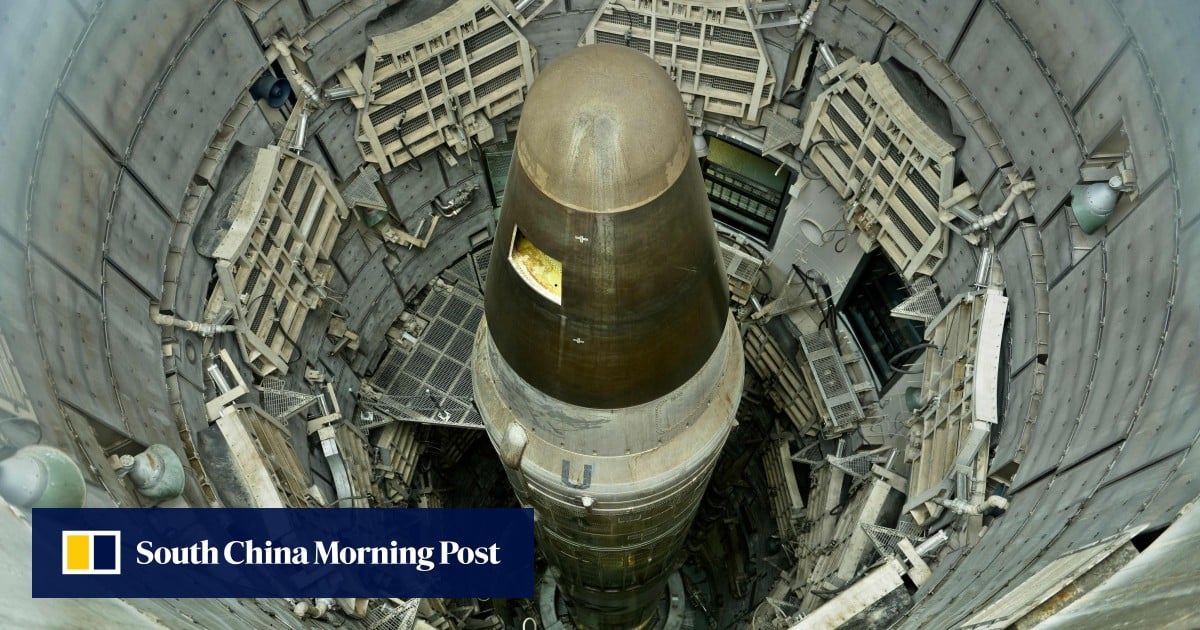
China has created an artificial intelligence (AI) system aimed at enhancing its capabilities in monitoring the detection of nuclear warheads, a development that underscores the country’s increasing reliance on advanced technologies in the defense sector, while simultaneously raising concerns about the potential for security lapses and technological espionage.
The AI system, developed by Chinese researchers, is designed to supervise the operation of processes used to detect nuclear warheads, which typically involve complex nuclear measurement and verification techniques. By implementing AI in this capacity, China seeks to improve operational efficiency, data accuracy, and automation in a domain historically shrouded in secrecy and tightly controlled by states.
The primary function of the AI system appears to be supervising sensitive inspections that look for signs of hidden or undeclared nuclear weapons, a domain of critical importance in global arms control treaties and nuclear non-proliferation efforts. AI could aid analysts by identifying anomalies or patterns in large data sets that human operators might miss, making the inspection process faster and possibly more accurate.
However, the use of artificial intelligence in such high-stakes defense systems introduces a new range of risks. Analysts and international watchdogs have expressed concerns that integrating AI might expose sensitive military protocols and capabilities to cyber threats or misuse. In particular, questions have been raised about the potential for leaks of confidential information or the reverse engineering of such a system by foreign entities.
Additionally, the fusion of AI with nuclear oversight technology touches on larger issues within the global security community. Introducing machine learning algorithms and autonomous decision-making into systems that deal with nuclear weapons could raise the stakes if those systems misinterpret data, leading to false alarms or unintended escalations. Experts advocate for rigorous human oversight and safety layers when introducing AI to such domains.
The Chinese government has not officially disclosed all details of the AI project, but sources suggest that the system is still under controlled development phases. It remains subject to internal evaluations and possibly state oversight aimed at preventing the dissemination of state secrets.
This development aligns with China’s broader agenda of integrating AI across various strategic sectors, including the military, surveillance, and advanced manufacturing. However, as with any technological leap in the nuclear field, international actors—including the United States, Russia, and regulatory agencies like the International Atomic Energy Agency (IAEA)—are likely to closely monitor China’s progress and assess its implications for global security dynamics.
In conclusion, while China’s move to incorporate artificial intelligence into nuclear warhead detection protocols reflects a major advance in technological capability, it is also a development laden with complex risks. Balancing the benefits of AI efficiency with the imperative for secrecy, stability, and safety will be crucial in determining the long-term success and acceptability of such endeavors on the global stage.
Source: https:// – Courtesy of the original publisher.








